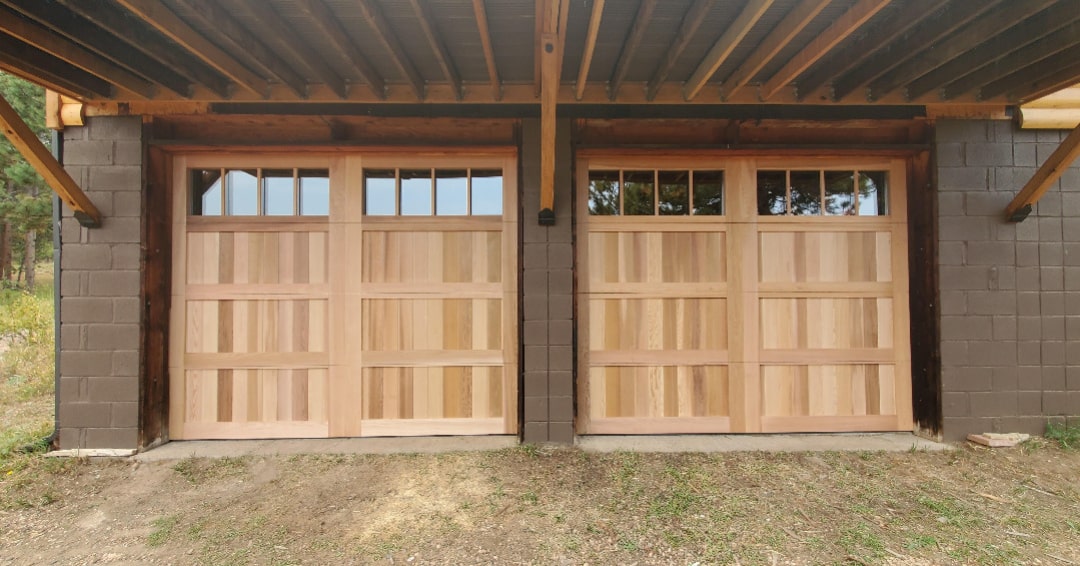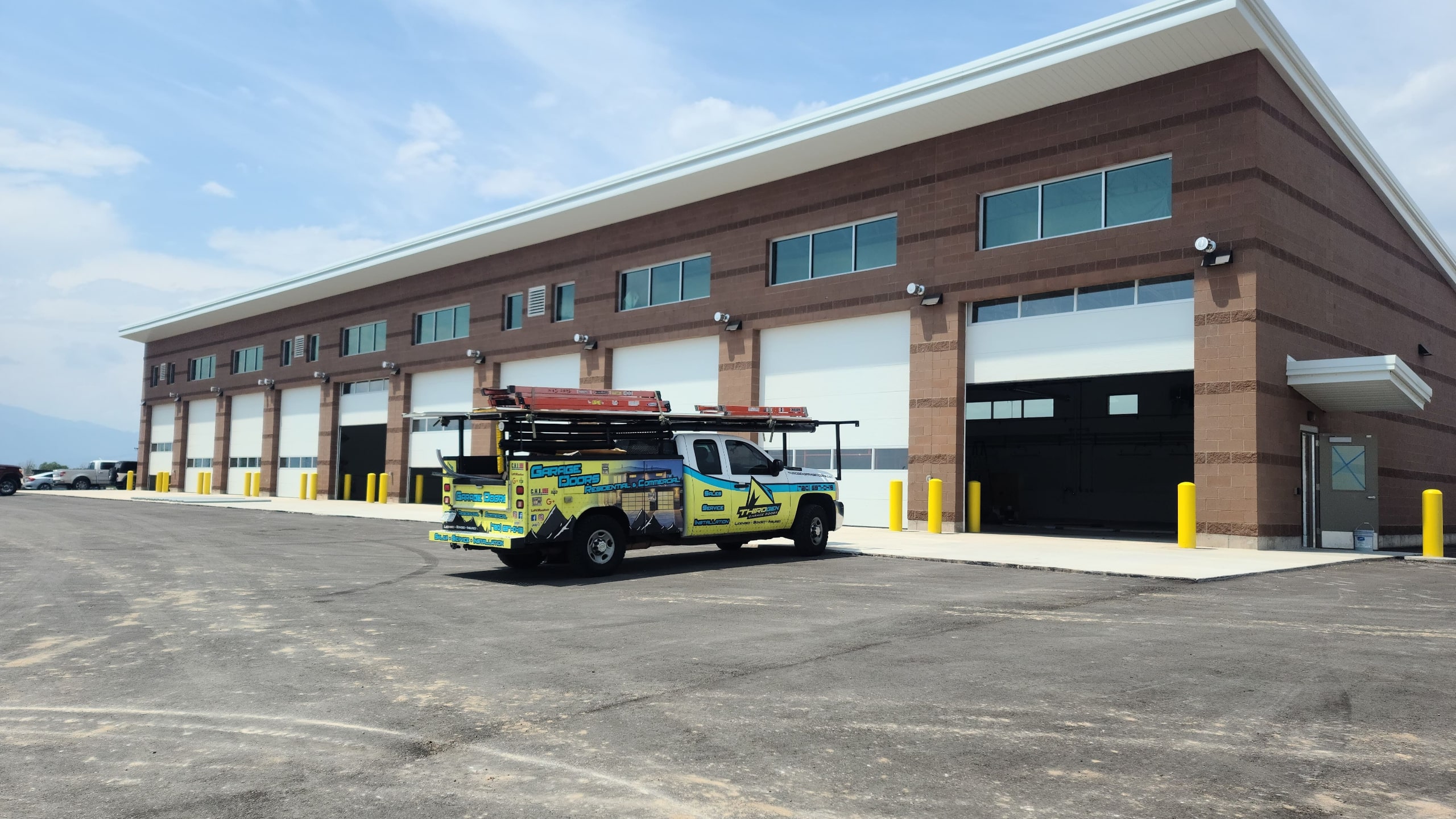Easy DIY Garage Door Repair Tips
Garage doors protect your vehicles, tools, and—let’s be honest—half‑finished weekend projects. When something goes wrong you don’t always have to call a pro. This guide highlights the most common issues you can tackle yourself, the tools you’ll need, and when it’s wiser (and safer) to bring in an expert.
1 · Common Garage Door Problems
Noisy Operation
- Tighten hardware: snug up loose hinge and track bolts.
- Replace worn rollers: metal rollers get loud as bearings fail.
- Lubricate: use a silicone spray on hinges, springs, and rollers (never grease the tracks).
Door Sticks or Jams
- Clear debris from tracks.
- Straighten or replace bent track sections.
- Broken torsion or extension springs will also “freeze” the door—replace before further use.
Opener Won’t Run
- Swap remote/keypad batteries.
- Realign the safety sensors at the bottom of the opening.
- If the motor hums or won’t engage, the drive gear/circuit board may need replacement.
2 · Basic Tools You’ll Need
- Socket or wrench set & screwdrivers
- Locking pliers
- Adjustable wrench
- Hammer & rubber mallet
- Silicone garage‑door lubricant
- Replacement parts (rollers, hinges, springs, track brackets)
3 · DIY Repair How‑Tos
Lubricate a Noisy Door
- Clean dirt from hinges and roller stems.
- Apply a light coat of silicone spray to hinges, torsion spring coils, center bearing, and roller stems (not the nylon wheels).
- Open/close the door twice to distribute.
Realign the Tracks
- Loosen track mounting bolts just enough to shift the track.
- Position a level against the vertical section; adjust until plumb.
- Re‑tighten bolts and repeat on the opposite side.
Replace a Broken Torsion Spring (advanced – use caution)
- Unplug opener and clamp the door to the track.
- With proper winding bars, unwind the intact spring first, then remove both springs.
- Slide new springs onto the torsion tube, secure stationary cones, and wind to the manufacturer’s specified turns.
- Remove clamps, test balance manually, then reconnect opener.
If you don’t have the right bars or confidence, stop here and hire a pro—torsion springs store lethal energy.
4 · Safety Precautions
- Disconnect power and keep the opener unplugged while working.
- Use winding bars designed for springs (never screw‑drivers).
- Wear leather gloves, safety glasses, and sturdy shoes.
- Keep kids and pets clear of the work area.
5 · When to Call a Professional
- Broken torsion/extension springs if you lack proper tools
- Bent or cracked door sections that affect structural integrity
- Opener motor, logic board, or full‑door replacements
- Any repair that makes you say “I’m not 100% sure about this”
Denver‑area homeowners can always reach out to Third Gen Garage Doors (720‑697‑0418) for fast, certified service—24/7 if it’s an emergency. Stay safe and keep that door running smoothly!



